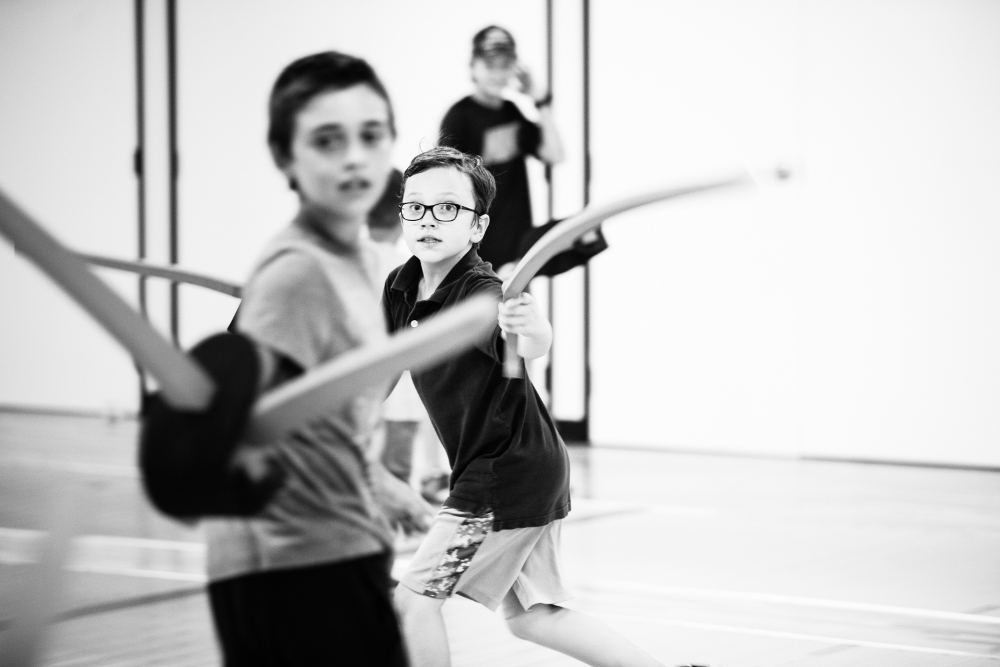
How Safe is Fencing?
Fencing is an exceptionally safe sport, with fencers suffering fewer injuries than athletes in most other Olympic Sports, including basketball, soccer, tennis, and even swimming.
Modern fencing is also one of the safest martial art sports. The protective gear used in fencing includes leather gloves, masks (which must meet international strength standards), and uniforms made of Kevlar, the same material used to make bulletproof vests. All weapons are made of flexible blades with blunted covered tips.
Two Major Things Make Fencing Safe:
- Technological innovations in the last 100 years in weapons and protective gear, and
- Strict safety rules
How Technological Innovation Makes Fencing Safe
All fencers are required to wear protective clothing and masks when they train and when they compete. To make fencing safer, fencing gear companies heavily invest in the gear’s design with many technological advancements in all types of gear.
- Weapons: Modern weapons are not sharp. They are blunted with either a rubber end on the training weapon or a button on the electric competition one. Also, for the last few decades, they have been manufactured from steel that bends to absorb the impact and breaks into halves if hard contact occurs.
- Masks: All masks are made of strong, meshed steel. They are designed to withstand tremendous impact. Standard masks sold in the United States all pass rigorous testing to sustain minimum required pressure. More expensive FIE approved masks take the requirements to an even higher level.
- Clothing: The protective clothing is made from lightweight yet strong, resilient material. Leading competitive clothing brands are made either from ballistic nylon or bullet-proof Kevlar fabric.
With proper attire, fencing is extremely safe. We at LJFA help our students regularly check their fencing gear for any signs of wear and tear and follow clear rules when it comes to utilizing their gear for training and competition.
How Strict Safety Rules Make Fencing Safe
Fencing has a strict code of etiquette. It doesn’t matter whether you watch a small local club’s bout of beginning fencers, a private lesson, a fencing sparring match, or a competition at the regional, national or international level. All around the world, you will see the same imprinted etiquette and behavior of mutual respect to each opponent and similar codes of conduct.
This etiquette is passed from generation to generation, across international boundaries, and it is what makes fencing so safe. It’s the nature of the sport. It is this philosophy and approach that has been set in stone and codified over the centuries and is honored today by millions of fencers.
LJFA instills this tradition and etiquette in all of our athletes from their very first lesson.
Does It Hurt?
Not if done properly. Even if executed with appreciable energy, a good, clean fencing attack hurts no more than a tap on the shoulder. The force of the blow is normally absorbed by the flex of the blade. Reckless and overly aggressive inexperienced fencers who have not yet acquired the feel of the weapon can occasionally deliver somewhat stronger blows. However, fencing is a sport and a martial art, so you should expect minor bruises every now and again. They are never intentional!
The primary source of injury in fencing is from pulled muscles and joints. Proper warmup and stretching before fencing will minimize these occurrences. As with any sport or physical activity there is always a risk of injury, but common sense precautions and realistic training goals are the best type of prevention!